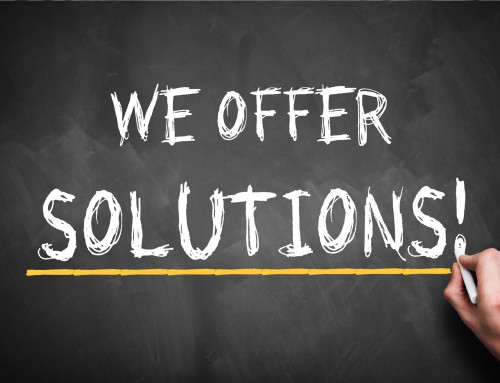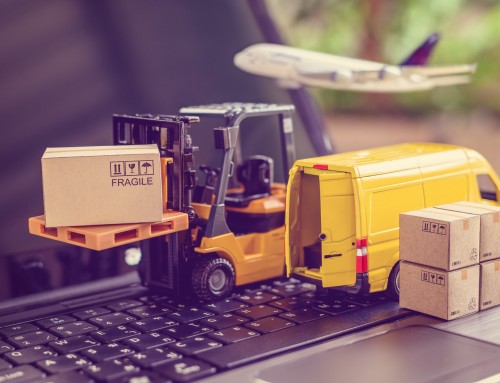Your ecommerce business is going well, and you want that to continue. You think things could be even better, too. And you’re right. Once you have a good line of quality products, the best way to improve your business is to concentrate on the consumer experience. That means e-commerce fulfillment. From the moment customers place an online order until the moment the package arrives, their expectations and opinions of your company are developing. Any bad reviews will land on you, not on your e-commerce fulfillment partners. Improving your ecommerce fulfillment improves your business overall. The three keys to improving ecommerce fulfillment are communication, speed, and technology.
Communication – With Customer
Typically, a customer receives notification that an online order has been received, and another when the order ships. That’s the bare minimum. Establishing regular communication with your consumer builds a relationship and establishes your brand. Obviously if the customer allows marketing emails, you’ll communicate in that form, but you can create opportunities outside of marketing emails too. If there are returns, acknowledge them immediately and cheerfully. Include a thank you card with purchases, or send a loyalty email after five purchases. All of this creates a personal relationship.
Communication – E-Commerce Fulfillment
Communication is also key between your suppliers and you–both you and the warehouses; and you and the shippers. If any of those communication lines is interrupted or difficult, you have the power to change them. And you should. You should have end-to-end visibility, meaning you should be able to see, in real time, where your products are from place of manufacture through delivery to your customer. And just as you need to cultivate communication with your customers, your e-commerce fulfillment team needs to develop and maintain communication with you.
Speed – Warehouses
The time between order and delivery needs to be as brief as possible. That’s what your customers expect. It may be that storing inventory in a number of warehouses rather than one central one is a good idea. If your stock is distributed more broadly throughout the area you serve, then you’ll be able to reduce the distance between the warehouse and the consumer, saving time. The warehouses you use should have a warehouse management system (WMS) that tracks inventory along with demand in that area, so you’re always able to fulfill orders.
Speed – Shippers
Finding great shippers can be a real challenge. It’s not always the giants in the industry that do the best job, either. You should look for a third party logistics (3PL) firm that has a proven track record of on-time delivery and a real-time tracking capability. Their transportation management system (TMS) should be easy for you to access and understand, too. And ideally, your 3PL will offer automatic upgrades when delivery difficulties occur, so that your customers always experience on-time delivery. Working with a good fulfillment consulting firm can help you find the best shipping options.
Technology
All of this communication depends on top-notch technology. The order management system (OMS), WMS, and TMS should be as integrated as possible to avoid interruptions and dropped orders. Return and refund processes should be seamless, too. Remember that up to 30% of online orders are returned. That’s part of the business, and your technology should deal with it quickly and easily. When you’re looking at your e-commerce fulfillment, be sure to ask questions about their technology, its capacity to integrate with other systems, its visibility, and its ease of use for you and your customer.
Excellent e-commerce fulfillment is one of the best ways to build your brand and secure a positive experience for your customer. Working with a fulfillment consulting company can assure you that your ecommerce fulfillment is performing at optimal levels.



